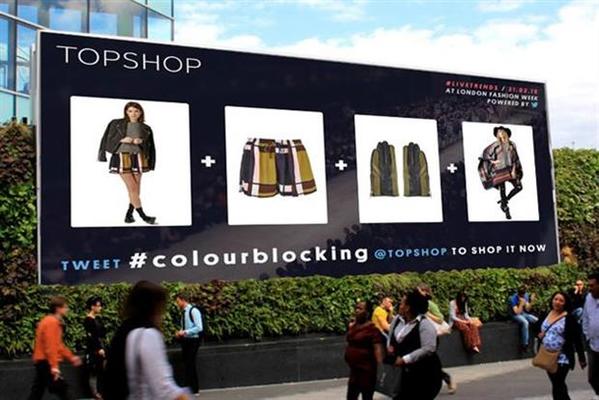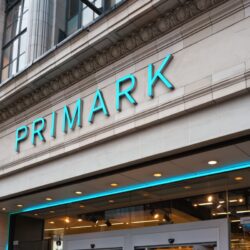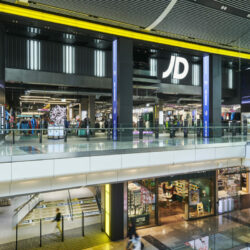Effective customer engagement. As the retail industry becomes increasingly competitive, these three words will be at top of mind for many brand marketers. Consumers are adept at tuning-out the irrelevant streams of direct marketing material, and retailers are having to carefully consider alternative methods to influence and appeal to shoppers, both in-store and online.
Social media is one channel which has significant marketing potential for retailers. Whilst it has yet to develop into a primary point-of-purchase, Nielson‘s global ecommerce report indicates a strong rise in the numbers of shoppers who browse products on social media prior to making a purchase.
Shoppers use social media to not only draw inspiration about items and styles, but crucially to share their recent experiences of purchases. A shopper may take a selfie of themselves in a changing room for example, and hashtag the name of the retailer or brand. This is a powerful piece of advocacy; customers will tend to be strongly influenced by the recommendations of their peers, and it‘s also viewed as far more ‘authentic‘ than traditional direct-marketing methods.
Everyday, across a number of platforms, customers are actively promoting certain brands and products as part of their normal social media activity. Not only is this behaviour prevalent, it‘s also extremely potent when it comes to driving sales. Last year, Nielson reported that 77% of consumers claim that ‘social exposure‘ and validation from an existing customer is the most persuasive endorsement of a product. It‘s therefore crucial for retailers to tap into this, and make full use of the user-generated content being developed by its customers. It is, in effect, free and powerful marketing collateral for the brand.
Deployed well, user-generated content has the potential to drive both offline and online sales, but also boost a brand‘s reputation amongst its core audience. As a platform, social media is a great ‘equaliser‘ of sorts – virtually every customer has access to it, and it‘s therefore a powerful base from which to reach large numbers of people very quickly.
Earlier this year at London Fashion Week, Topshop and Twitter partnered to bring fashion trends to the masses, in real-time. Specially appointed fashion bloggers were stationed by the runway, and live-Tweeted trends as they emerged. These tweets were then showcased on giant billboards which Topshop had erected across the UK, including within the shop window of the store‘s Oxford Street flagship branch. Using Stackla‘s platform, the billboards showcased relevant Topshop items that complemented the emerging trends, encouraging shoppers to take a step inside a store, and seek them out.
Topshop also offered users a personalised service in a bid to increase online sales. If customers Tweeted @Topshop with hashtags of particular trends they liked (such as #modernism), they received back a link to items which matched that trend. The campaign was a powerful example of how useful social media is in broadening the accessibility of exclusive events, and allowing customers to feel empowered when it comes to retail choices. As a result of the shrewd partnership, Topshop experienced a 25% uplift in sales across all featured trend categories versus the previous week. The #Modernism featured category experienced a 75% increase in sales against the previous week.
It‘s clear that within the retail space, the customer‘s role has shifted away from solely that of a purchaser. Instead, they hold enormous influence over the shopping habits of others, and they have developed into strong natural advocates for brands. Retailers would do well to make
RELATED STORIES


















